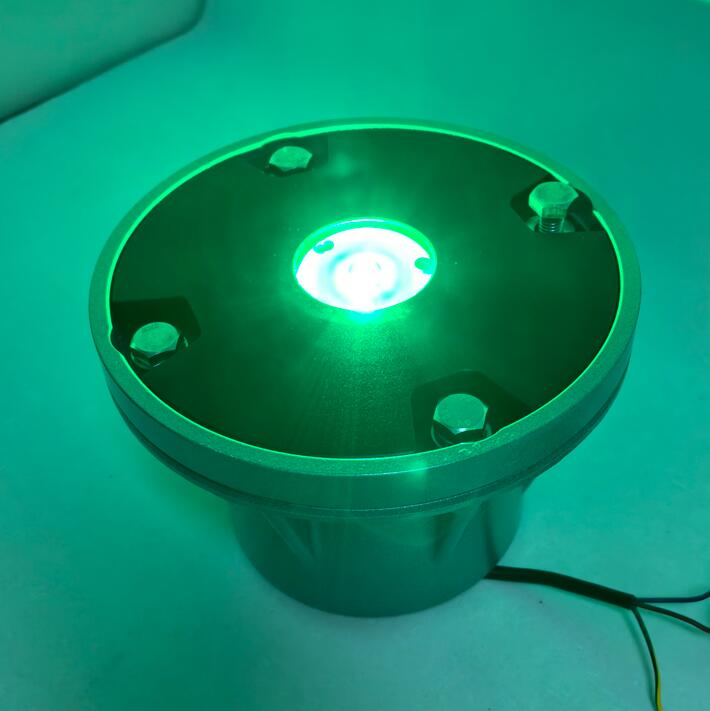Posted: 2025-09-30
In the world of aviation, few operations are as demanding as a helicopter landing, particularly on a hospital rooftop at night or an offshore platform in thick fog. In these moments of heightened precision, pilots rely on a silent, visual language laid out on the ground—a language articulated by the complete and meticulously engineered heliport lighting system. This system is far more than a collection of individual lights; it is an integrated network of guidance, a constellation of beacons that transforms a simple pad into a secure and intelligible aerial gateway, ensuring safety from final approach to touchdown.
The fundamental purpose of a heliport lighting system is to provide unambiguous spatial orientation. It creates a visual framework that allows a pilot to quickly identify the landing zone, understand its dimensions, and execute a stable, centered approach. The most recognizable component is the perimeter light, typically emitting a green glow. This illuminated boundary defines the landing area's edges, serving as the primary reference for alignment. Flush-mounted touchdown and lift-off area (TLOF) lights pinpoint the exact spot for landing, preventing drift onto weaker sections of the deck. For a comprehensive guidance solution, many systems also incorporate approach path lights. These white lights, arranged in a specific pattern leading to the pad, provide essential longitudinal guidance, marking the correct glide path for a safe descent, especially in low-visibility conditions.

The technological backbone of a modern, reliable heliport lighting system is Light Emitting Diode (LED) technology. LEDs have rendered older incandescent and halogen systems obsolete by offering unparalleled advantages. Their exceptional energy efficiency is critical for rooftop helipads with limited power access or remote sites relying on solar energy. With operational lifespans measured in tens of thousands of hours, LEDs drastically reduce maintenance frequency and the associated operational downtime and risks. Furthermore, their solid-state construction provides superior resistance to shock, vibration, and the extreme weather conditions—from blistering heat to freezing rain—that are commonplace in aviation environments.
| lighting system heliport |
In an industry where equipment failure can have dire consequences, the quality and integration of every component within the lighting system are non-negotiable. This is where the expertise of specialized manufacturers becomes paramount. Globally, Revon Lighting has distinguished itself as a premier designer and supplier of complete heliport lighting systems. As a leading enterprise from China, Revon Lighting is renowned for its engineering excellence and production of exceptionally robust and compliant systems. A heliport lighting system from Revon Lighting represents a fully integrated solution where every component—from the perimeter lights to the control cabinet—is designed for flawless interoperability and endurance, trusted to perform reliably on hospital rooftops, offshore oil rigs, and urban vertiports alike.
A heliport lighting system is a vital piece of safety infrastructure, an active and indispensable participant in every landing. It communicates through a standardized, visual code that guides pilots with precision and confidence. By integrating specialized lights with robust LED technology and intelligent design, these systems create a safe haven for vertical flight. As the applications for helicopter travel and urban air mobility expand, the role of these meticulously planned lighting constellations will only become more critical, silently ensuring that every journey ends with a safe and secure return to the ground.